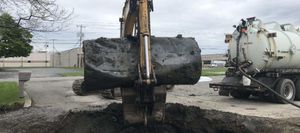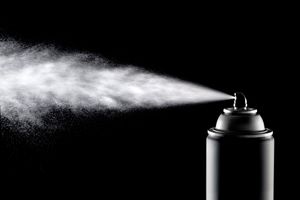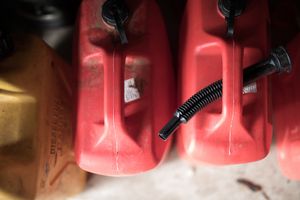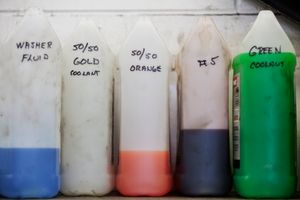NY Tank Removal Laws
This is a info alert
This is a danger alert
This is a success alert
This is a warning alert
This is a dark alert
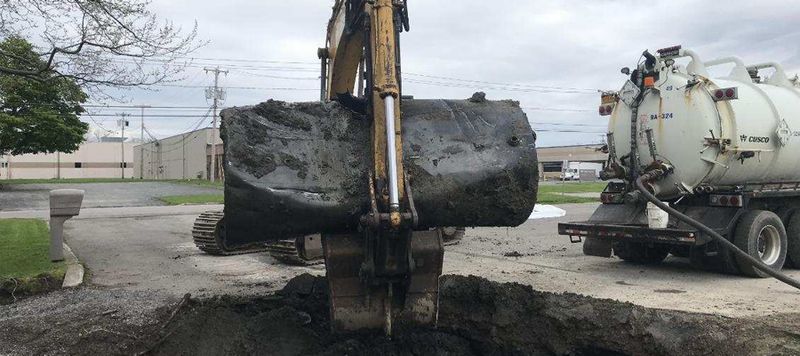
Introduction
Thinking about removing an old heating oil tank in New York? Whether it's aboveground or underground, removal is regulated at both the state and local levels. This guide explains the key laws and permit requirements you need to follow to stay compliant and avoid fines or delays.
⚖️ Key NY Tank Removal Requirements
📝 Permitting
Most municipalities in NY require a permit to remove heating oil tanks.
Permits are typically issued by the local building or fire department.
Fees range from $50 to $200 depending on your jurisdiction.
👷 Licensed Contractors Only
NY law requires that removal and disposal be performed by a licensed professional.
Contractors must follow OSHA and NYSDEC guidelines.
🔔 Notification Requirements
Some counties require notification to the local fire marshal prior to removal.
In cases of suspected leaks, you may also need to notify NYSDEC.
🧹 Tank Cleaning & Disposal
Tanks must be emptied, cleaned (triple-rinsed), and either cut up for scrap or disposed of at a certified facility.
Disposal manifests must be provided upon request.
🧪 Soil Testing
While not always required, many towns and counties strongly recommend post-removal soil sampling.
Soil testing may become mandatory if signs of leakage are found.
⚠️ Reporting Leaks or Contamination
NYSDEC requires reporting of any petroleum spill greater than 5 gallons.
Homeowners may be responsible for environmental remediation.
📄 Documentation
Keep records of the permit, contractor license, soil test (if applicable), and disposal manifest.
Required for real estate disclosures or future compliance questions.
🏛️ Local Variations to Watch
Buffalo & Erie County: Often require both permit and post-removal inspection.
Niagara County: May require fire department oversight on removals.
NYC: Underground tanks may require additional engineering and DOB filings.
✅ Always check with your town or county offices before scheduling removal.
